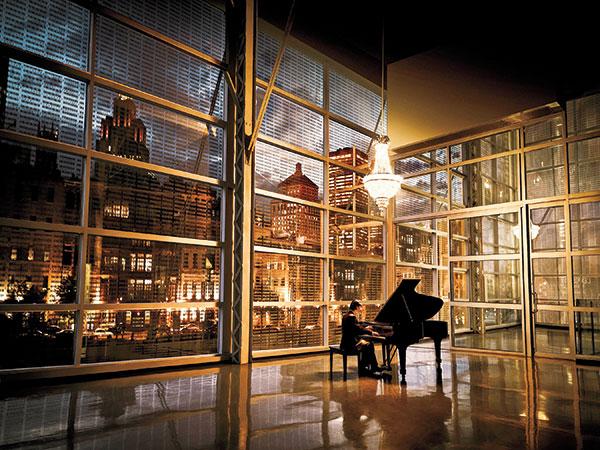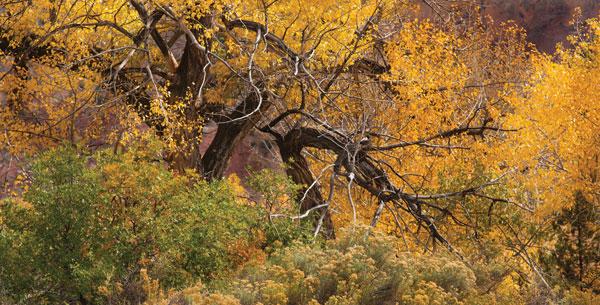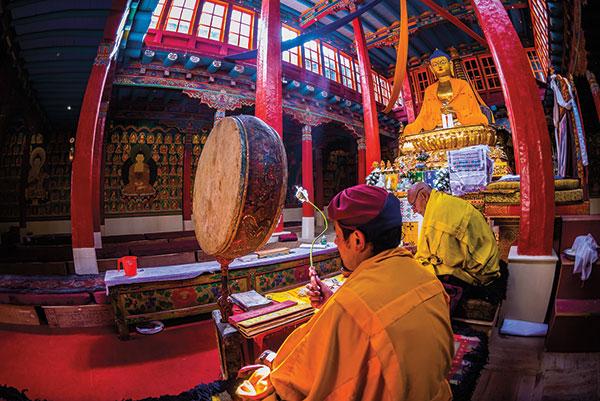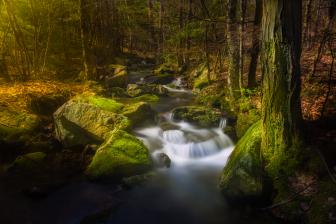Pro Techniques
Sort By: Post Date TitlePublish Date
|
Mar 27, 2015 |
|
Mar 20, 2015 |
|
Feb 17, 2015 |
|
Dec 24, 2014 |
|
Nov 24, 2014 |
|
Nov 21, 2014 |
|
Oct 29, 2014 |
|
Sep 30, 2014 |
|
Sep 16, 2014 |
|
Sep 05, 2014 |
|
Sep 02, 2014 |
|
Aug 23, 2014 |
|
Aug 19, 2014 |
|
Aug 19, 2014 |
















